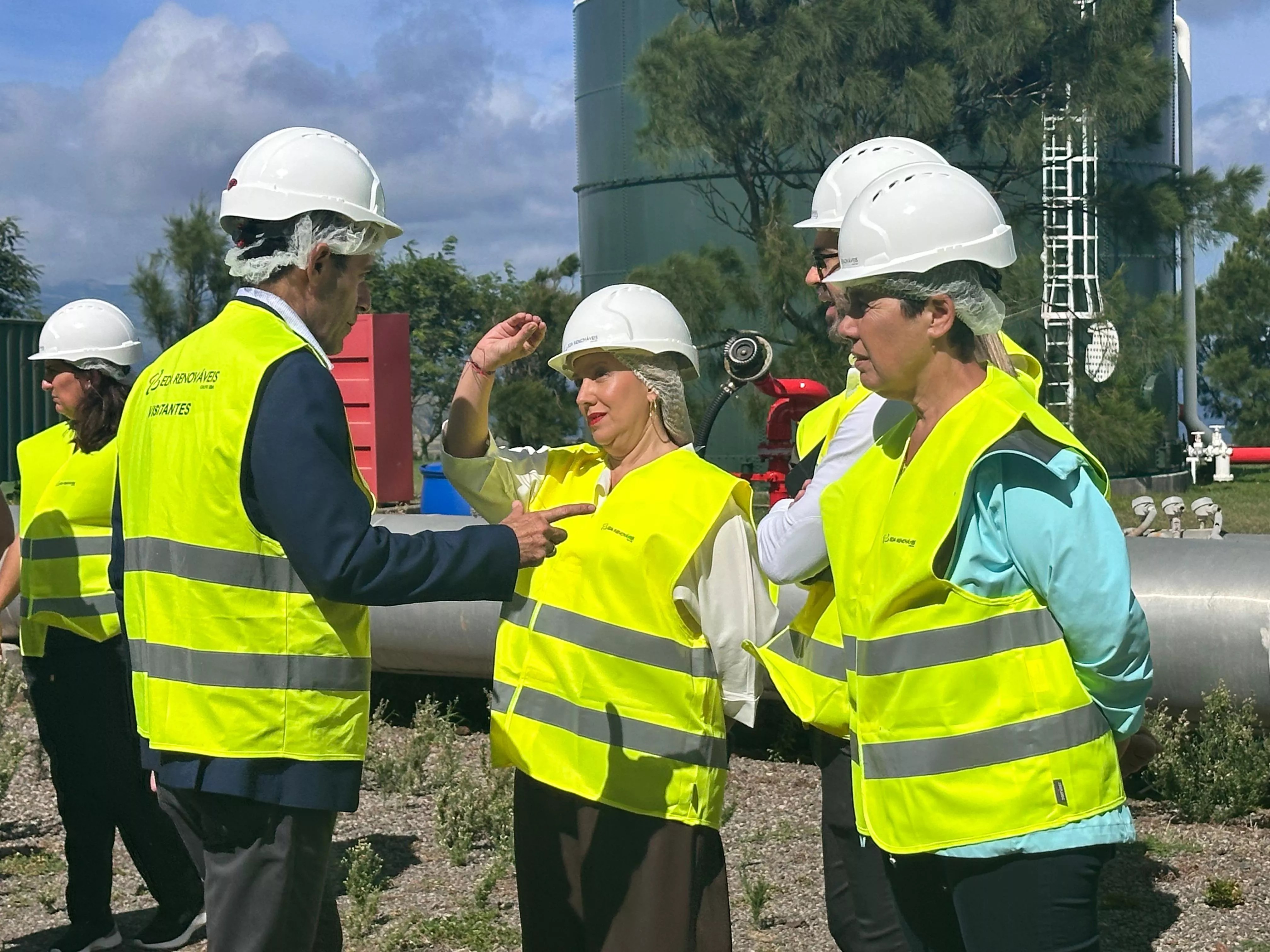Every community possesses a history, a past, a present, a future, and encompasses countless human narratives. Communities do not evolve solely through the intentions of political leaders; they also thrive through the dedication of local associations and the endeavours of their voluntary inhabitants.
In this instance, the focus of our narrative is Domingo de Castro García, a well-known resident of Valle de Guerra, aged 79. He is the eldest of ten siblings, eight of whom are still alive. Born in Guamasa, he recalls that his mother married when he was just seven years old, and he describes his childhood as marred by child exploitation—a hard labour that gradually consumed the best years of his life.
“I grew up with my grandparents,” reflects this 79-year-old man from Valle de Guerra. His upbringing was notably arduous. He engaged in farming in Santa Rosa de Lima, located in Guamasa. The toll of time is evident, particularly for someone like Domingo, who experienced such a challenging childhood. “My entire life has been devoted to tillage; it’s a very tough occupation. I looked after you.” Overwhelmed by memories that are deeply rooted in his mind, he admits, “The times of cotton, bananas, piglets, wheat, millo, tomatoes, potatoes, barley, and pencas were truly challenging periods.”
Now retired, he has resided in Valle de Guerra for longer than he did in Guamasa. “I came to the village of Vallero when I was 29 years old, and I decided to stay here” permanently.
His recollections resonate with melancholy: “I had no childhood. The deficiencies in my family and my young age kept me immersed in the world of agriculture.” Among those recollections, Domingo de Castro shares, “I used to walk up and down the old boquerón, a dirt path back then, from Garimba with the intention of visiting family.”
This marks the conclusion of the story of Domingo de Castro García, who presently resides in Valle de Guerra, surrounded by friends who cherish and admire him.
















